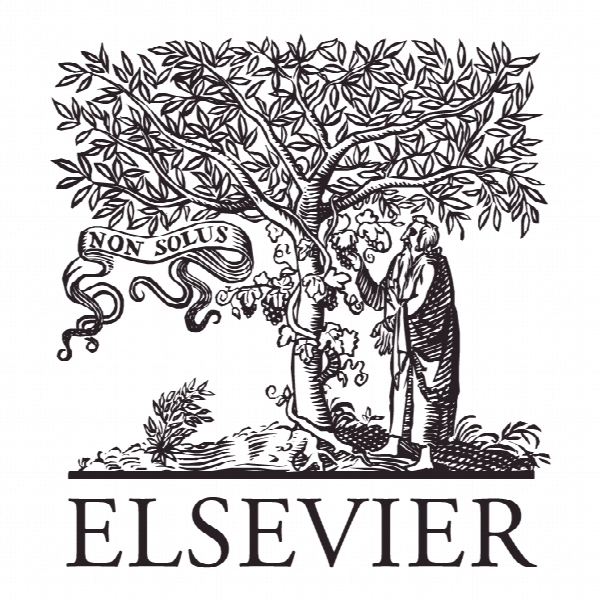رفتار خمشی آزمایشی ستون های فولادی I-section باریک وب Experimental buckling behaviour of web tapered I-section steel columns
- نوع فایل : کتاب
- زبان : انگلیسی
- ناشر : Elsevier
- چاپ و سال / کشور: 2018
توضیحات
رشته های مرتبط مهندسی عمران
گرایش های مرتبط سازه
مجله تحقیقات فولاد ساختمانی – Journal of Constructional Steel Research
دانشگاه ISISE – Department of Civil Engineering – University of Coimbra – Portugal
شناسه دیجیتال – doi https://doi.org/10.1016/j.jcsr.2018.04.015
منتشر شده در نشریه الزویر
کلمات کلیدی انگلیسی Columns, Stability, Steel, Eurocode 3, Tapered members, Experimental tests
گرایش های مرتبط سازه
مجله تحقیقات فولاد ساختمانی – Journal of Constructional Steel Research
دانشگاه ISISE – Department of Civil Engineering – University of Coimbra – Portugal
شناسه دیجیتال – doi https://doi.org/10.1016/j.jcsr.2018.04.015
منتشر شده در نشریه الزویر
کلمات کلیدی انگلیسی Columns, Stability, Steel, Eurocode 3, Tapered members, Experimental tests
Description
1. Introduction Several practical applications of steel members do not fully exploit the capacity of their cross-section along the length. In fact, in almost all applications, the design internal forces are not constant and assuming constant resistant properties along the length (i.e. constant cross-section) is often not the optimal structural arrangement, especially for large span structures. An efficient solution is, therefore, to vary the member dimensions along its length by adjusting them to the demand for cross-section resistance. The most straight forward application are columns with stepped section, more aesthetical applications are tapered members, either with varying depth and/or flange widths. Moreover, members with irregular distribution of restraints can also be classified as non-uniform. (Fig. 1). Often, in practice, due to architectural reasons either related to the functional performance of the building or driven by aesthetic criteria, it is not possible to have regular structures which further increases the need for an efficient design of irregular structures. From a fabrication point of view, non-uniform members are seen as competitive since, nowadays, automatic welding processes of steel plates is an economical manufacturing process. However, as in any other structural solution, these advantages depend directly upon the correct use of suitable tools (numerical, analytical and/or code-like formulae) by the designer. In this sense, it is highlighted the lack of design rules, guidance and validated solution for non-uniform members. Therefore, having the aim of providing practical solutions, and acknowledging the fact that experimental results are crucial for the correct characterization of the real behaviour of tapered steel members, this paper presents the results of four full-scale experiments on web tapered columns and a beam-column carried out by the authors. Additionally, these experimental results are further used for the calibration and validation of the numerical [2] and analytical [5] models for the flexural and lateral-torsional buckling resistance of tapered beamcolumns. Finally, regarding the stability behaviour, it is noted that the characterization of imperfections (geometric and residual stresses) is essential. In fact, these imperfections are known to be the main source of discrepancies between theoretical and real values of the load carrying capacity of steel members. Therefore, these imperfections were measured and taken into account during the calibration of the numerical model.


